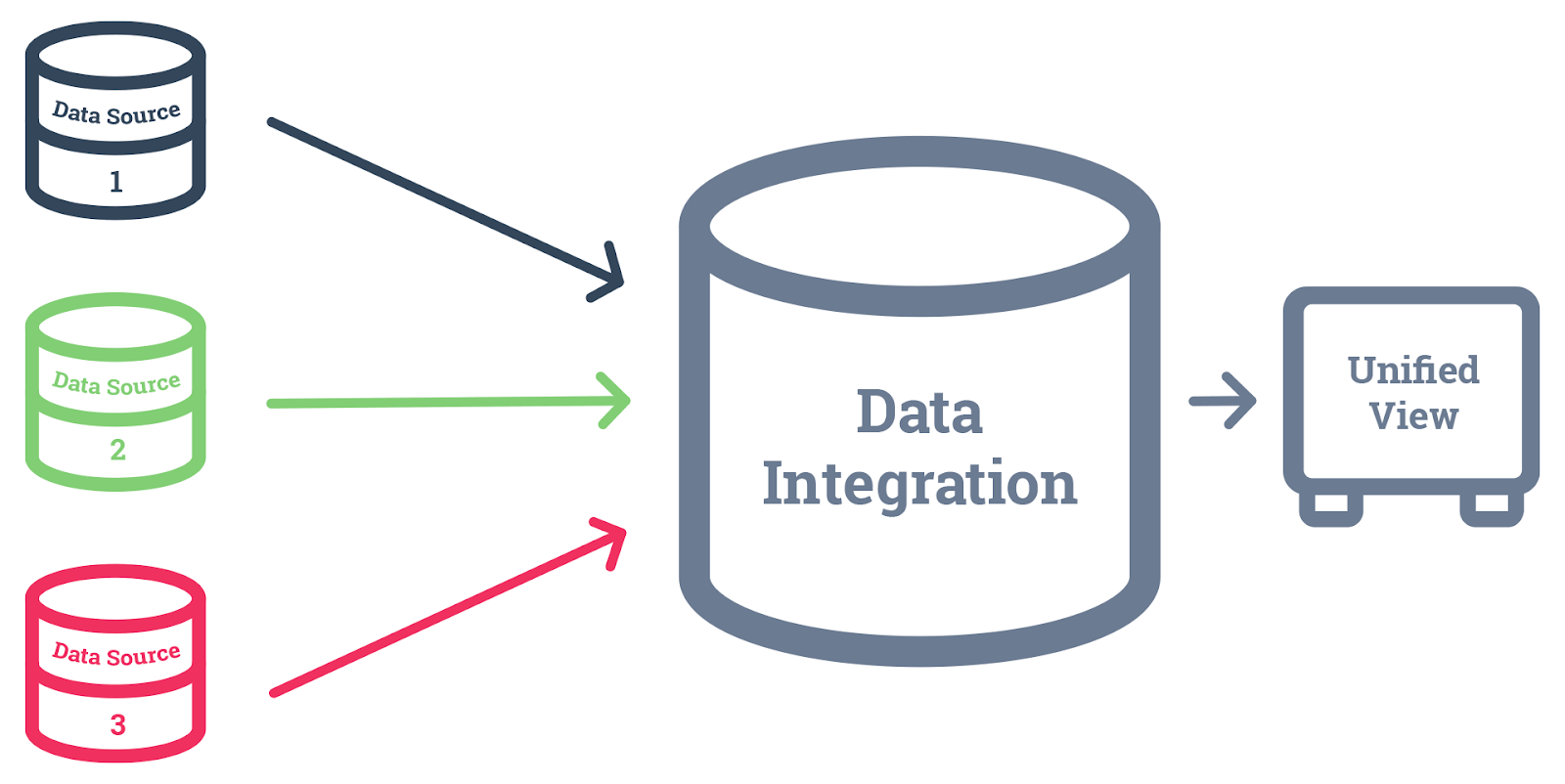Data integration has been a constant struggle for enterprises. Yet, data is fundamental for any business, as it forms the backbone of an organization’s ability to thrive in a cutthroat competitive environment.
Businesses rely heavily on data and information to make decisions in real time and predict the challenges and opportunities that can hamper the business’s future growth. Let us discuss how artificial intelligence can help companies unify the data integration process to reduce the time it takes to make data-driven organizational decisions.
What is Data Integration?
The term “data integration” refers to the method through which disparate data sets are brought together for analysis. Integrating begins with the ingestion phase, which entails data cleaning, ETL mapping, and transformation. Finally, analytics tools may provide valuable, actionable business insight thanks to data integration.
To support the growing number of remote workers who require access to all relevant data, business leaders are increasingly turning to AI and ML technologies for data integration assistance.
An artificial intelligence course in Pune will get you started on your AI journey by teaching you all the fundamental programming skills and upskilling you in Deep Learning and Machine Learning.
Integrating data from traditional and non-traditional sources into usable datasets for business intelligence and analytics requires coordinating various technical and business procedures. First, let us look at the challenges faced by organizations in enabling data integration.
What are some of the Data Integration challenges for businesses?
As everyone can access data remotely on the go, it is challenging to analyze it simultaneously. In addition, corporate data now exists on the cloud, dispersed over various cloud storage services.
With new data formats available daily, it is difficult for IT teams to use data integration tools to move data from one location to another. This necessitates using various mapping and coding tools, burdening them with numerous complex tasks. So, the IT teams need a tool that will magically integrate data in one place.
Another issue businesses face is that IT teams may need to access critical data in one location or overlook essential data in a mountain of available data. Again, it is a potential risk that restricts businesses from relying on data-driven decisions.
If companies want to use data to make teams more productive and make it easier to grow, they need to find ways to solve these problems. So, it’s a relief that modern AI systems can do these things.
What is the role of Artificial Intelligence in Data Integration?
Right now, it should be clear how important AI and ML are for better data integration. Artificial intelligence (AI) and machine learning technologies have been found to enhance the overall outcomes of data integration projects, such as by reducing the amount of manual labor required to complete the project.
Let us see how an artificial intelligence course can simplify and improve the data integration process to drive the business forward.
1. AI-powered data mapping
Mapping consumer data is a crucial aspect of making data-driven decisions in real time. Businesses can create these maps more quickly than ever before, thanks to AI. When customer data mapping is performed more rapidly, companies can convert their data and make decisions based on that data faster.
With the use of artificial intelligence, data mapping may be initiated by business users with less technical expertise using a drag-and-drop interface. The data mapping process’s precision and efficiency will increase due to this. In addition, users without extensive technical knowledge may map and integrate data, freeing up IT staff for higher-value work.
2. AI improves the quality of information
AI has shown that it can speed up how a company does a set of activities required by a use case to create value for the business teams involved. With the help of AI, businesses may improve the accuracy of their data and, hence, their data management practices throughout the whole company.
Artificial intelligence (AI) and machine learning (ML) allow businesses to take preventative measures in response to data quality concerns rather than relying on ad hoc, unplanned measures.
3. Enhanced processing of big data
Machine learning techniques provide rapid, seamless, and scalable data ingestion, integration, and analysis. Regarding large data sets, legacy solutions could be more active and accurate. In contrast, machine learning can equip business users to decipher the significant data architecture and construct data models with little to no coding.
4. Enables autonomous learning capabilities
Because AI automates data transformation, business users may utilise curated massive datasets to discover previously unseen patterns and trends, then use statistical modelling on the data to draw accurate inferences about their businesses.
To conclude
AI and ML-powered data integrations increase the flow of data, which drives business growth and helps all organizations solve complex data processing problems. With the help of these new integration technologies, companies can become more competitive by using the insights they get from big data to make faster, better business decisions.
Optimizing the data integration platform with AI improves execution speed by shortening the development lifecycle, reducing learning time, and reducing skill requirements for ETL workflow generation. A further perk is that without any human interaction, ML can train the data set to make it suitable for setting up statistical modeling on it, thereby removing any problems introduced by humans.
Simplilearn provides the best AI course syllabus available, allowing engineers to keep up with the growing demands of AI by learning how to manage information in various formats, such as TensorFlow’s concepts, functions, operations, and programming.





Be First to Comment